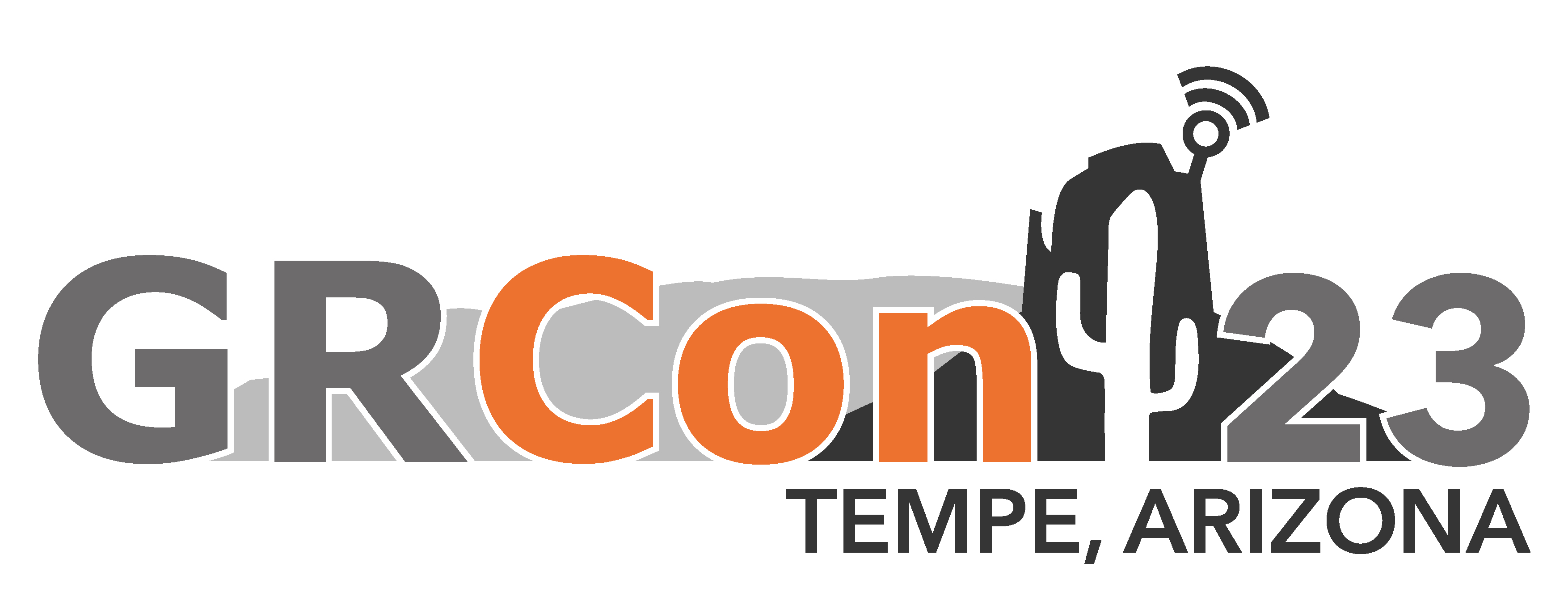Speaker
Description
Amateur radio has been around for almost 120 years and has traditionally contributed to advancing the state of the radio art. In the early days of the hobby, many discoveries about radio and propagation were made by amateur experimenters and helped lay the foundation of radio science as we understand it today.
Amateur contributions continued into the late 20th century, and “hams” were among the first to develop widely distributed and interoperable (if inefficient) packet radio networks, new “weak signal” digital modes and open access satellites.
Some innovation continues to this day, but the move from analog to digital radio technology presents a significant challenge to the hobby, threatening its legislative mandate.
Most hams have little background in DSP and how SDRs work, and this is having impact on the amateur’s ability to innovate in the hardware realm. The tiny percentage of amateurs who may be classified as “technologists” understand modern radio systems and continue to innovate, but the vast majority of “communicator” hams with little understanding of digital radio have been left behind and are focused on using commercial radios in support of the community and in on-air amateur radio events.
This talk will look at amateur radio's mandate, licensing requirements and the newly-emerging “technologist” versus “communicator” demographic within the hobby. It will describe how gnuradio could be used to teach DSP and SDR techniques to new and existing amateurs (especially those in the “communicator” demographic) with the goal of keeping the hobby relevant and able to continue to advance the radio art in the 21st century.
| Talk Length | 30 Minutes |
|---|---|
| Acknowledge | Acknowledge In-Person |

